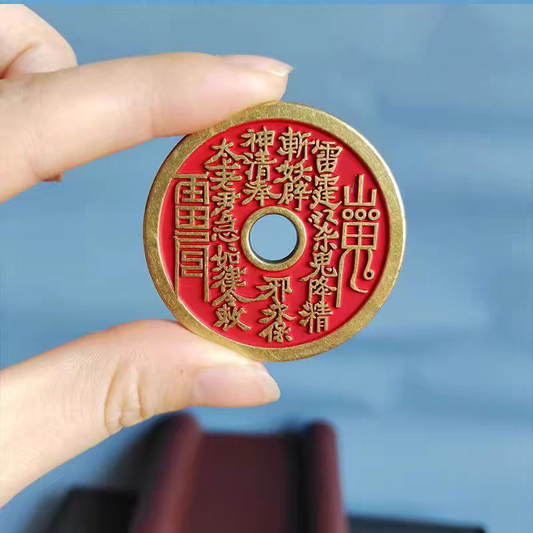
The Knowledge of Color and Indoor Feng Shui
paulpengShare
In real life, colors are splendid and diverse, not only the three primary colors of red, yellow, and blue, but also all colors. After light is absorbed, the black and white (colorless) that appears. Therefore, it is fully reasonable in the theory of feng shui to select colors that generate harmony according to the substances represented by the five elements and avoid colors that conflict.

First, the color of interior decoration will affect the feng shui of the residence. The Chinese believe that:
1. Red is the most auspicious color, representing warmth, happiness, auspiciousness, and power.
2. Yellow is a symbol of light, nobility, authority, and longevity. The main colors of clothing and palace decoration in the Forbidden City use golden yellow and vermillion to represent nobility and authority. Orange represents holiness. The traditional orange kasaya of monks represents the supremacy of Buddhism.
3. Green represents life, spring, tranquility, and freshness. It is a commonly used color in interior decoration. With green carpets and bonsai in the interior, it will make people calm.
4. White and black represent sadness and dullness. According to the living habits, folk customs, beliefs, and taboos of the Chinese, consider color matching and try not to use colors such as black, pure blue, dark gray, medium gray, and pure white.
Feng shui pays attention to yin and yang and the five elements. Therefore, in the use of interior colors, it should be in harmony with the function of the room and not conflict. The five elements of wood, metal, fire, water, and earth correspond to cyan, white, red, black, and yellow respectively. If they are in harmony, they generate harmony; if they are contrary, they conflict. Here are two examples to illustrate: For example, in a restaurant that mainly sells food, the main color is easily yellowish, and at the same time, the equipment is cooked with fire and water. Operated with metal (cookware). Therefore, multiple colors such as red and cream can also be used in combination. And the main color of a fashion store can be light green and cream, and supplemented with elegant red and elegant blue for use. In short, the interior color must be selected according to the functional requirements of use and be suitable for the requirements of the use environment.
Second, interior room decoration and reasonable color blending:
1. In the bedroom and living room, the color of the wall is a slightly yellowish light pink; the color of the door and curtains is light yellowish, pink, and light cream color. This combination will create a comfortable and bright atmosphere.
2. For the walls of the dining room and children's room; first use light cream yellow, and the color of the door and curtains is light cream color and slightly yellowish pink. This kind of collocation will give people a lively atmosphere for a while.
3. In the colder rooms facing north and the rooms with poor lighting, the color of the wall can be selected from the cream color series, and the color of the door and curtains can be selected from light yellowish. This kind of collocation makes the whole room look bright.
4. For the walls of the study or studio, the color can be selected from the green system and other light colors. The color of the door and curtains can be selected from the green system and other light and bright colors, which gives people a feeling of quietness and comfort.
5. The color of the kitchen wall is best milky white and other light and bright colors. The color of the door and curtains is the green system and other light and bright colors, giving people health and vitality.

Third, the basic principles of color blending:
1. The interior color should have an overall effect;
2. Consider the coordination of the interior color with the interior structure and style.
3. Consider the relationship between color and lighting, because the size of the light source and the lighting mode will bring changes to the color.
4. Respect and pay attention to the personality, hobbies, likes and dislikes of the user. And consider the psychological adaptability of the user.
5. When selecting decorative materials, pay attention to understanding the color characteristics of the decorative materials.









